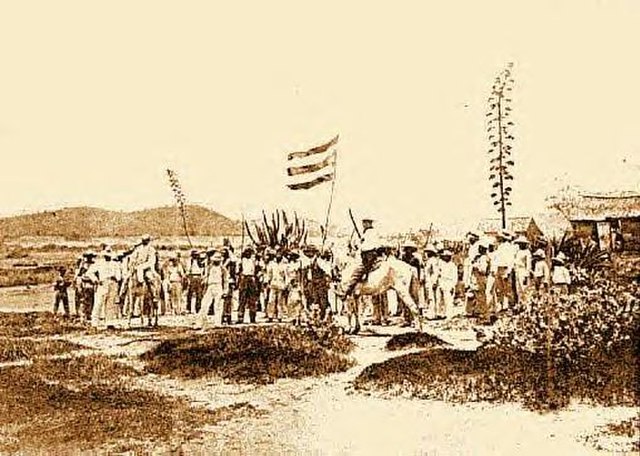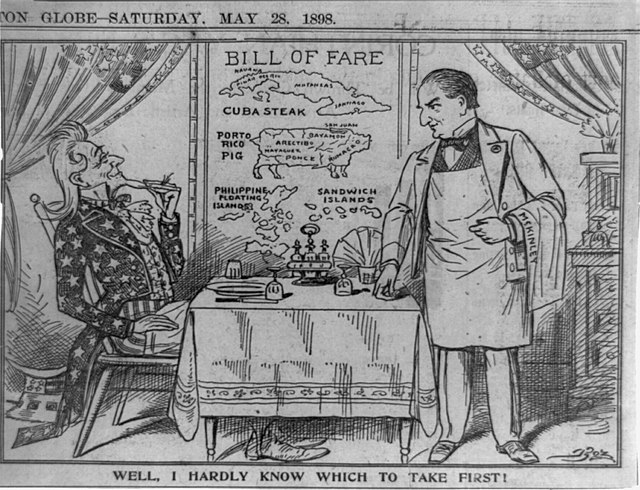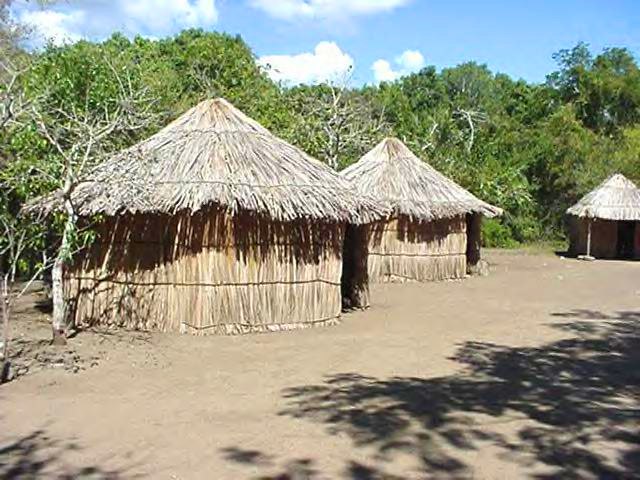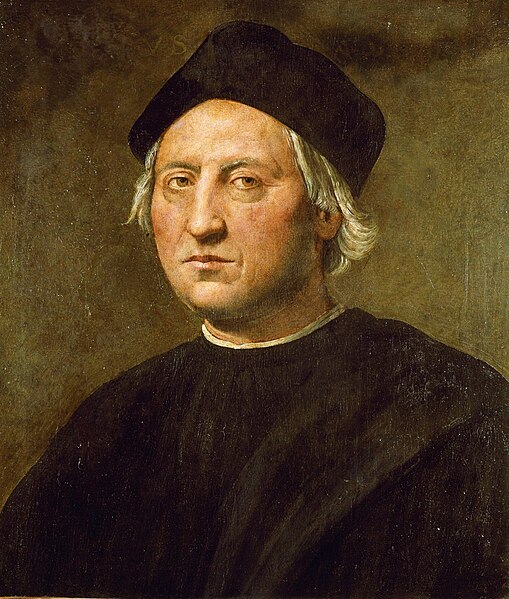Independence movement in Puerto Rico
Throughout the history of Puerto Rico, its inhabitants have initiated several movements to gain independence for the island, first from the Spanish Empire between 1493 and 1898 and since then from the United States. Today, the movement is most commonly represented by the flag of the Grito de Lares (Cry of Lares) revolt of 1868.
The 1897 "Intentona de Yauco" was the last revolt against the Spanish Government
Political cartoon of 1898
President Theodore Roosevelt wielding his big stick in the Caribbean
Pedro Albizu Campos advocated armed revolution to achieve independence
The history of Puerto Rico began with the settlement of the Ortoiroid people before 430 BC. At the time of Christopher Columbus's arrival in the New World in 1493, the dominant indigenous culture was that of the Taínos. The Taíno people's numbers went dangerously low during the later half of the 16th century because of new infectious diseases carried by Europeans, exploitation by Spanish settlers, and warfare.
Taíno village at Tibes Indigenous Ceremonial Center in Ponce, Puerto Rico.
Christopher Columbus, the explorer credited with the European discovery of Puerto Rico.
Juan Ponce de León (Santervás de Campos, Valladolid, Spain), was the first governor of Puerto Rico. His grandson Juan Ponce de Leon II was the first indigenous governor of Puerto Rico.
View across the Bay of San Juan of Fort San Felipe del Morro.








